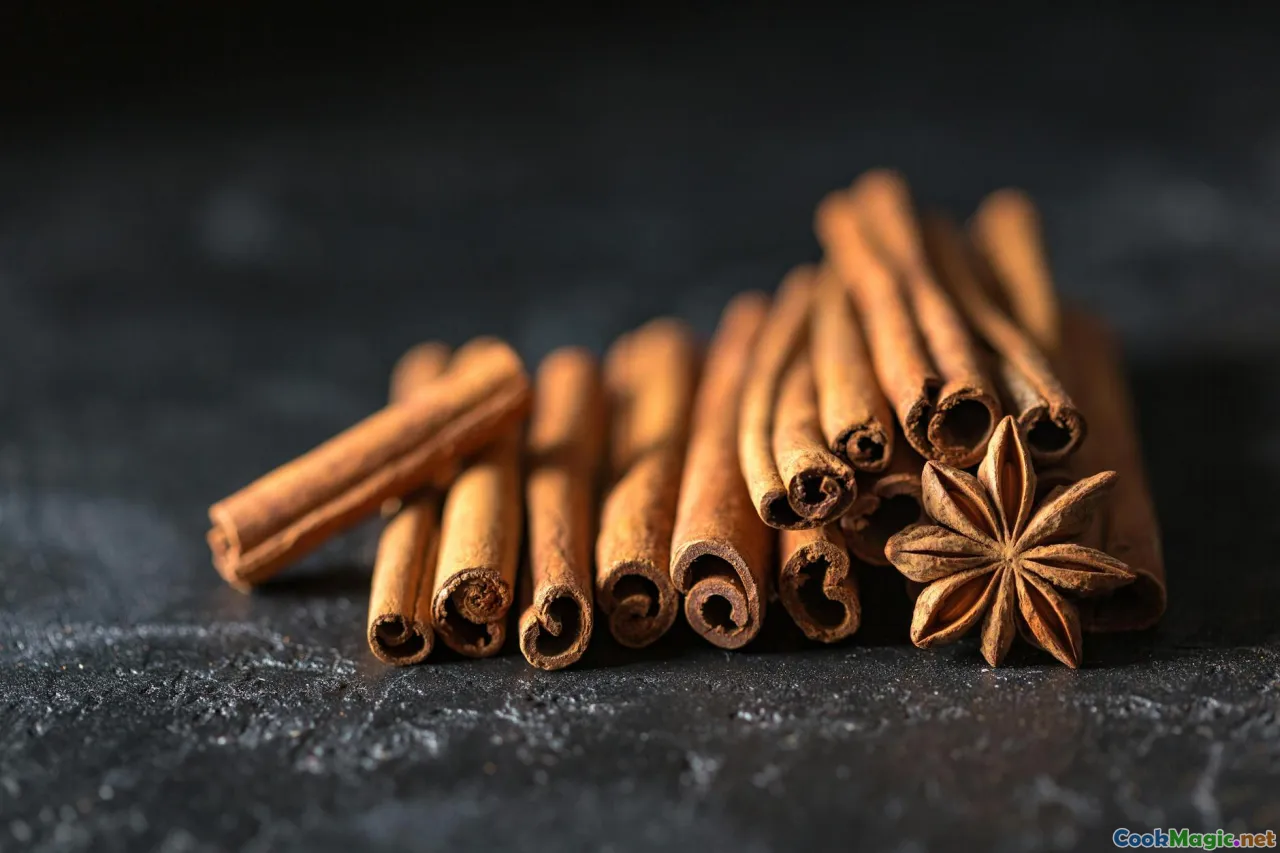Ethiopian Spice Blends Explained
7 min read Discover the vibrant world of Ethiopian spice blends, their cultural significance, unique flavors, and how they define the soul of Ethiopian cuisine. April 20, 2025 20:55
Ethiopian Spice Blends Explained
Imagine walking into a bustling Ethiopian marketplace—an explosion of aromas greeting you at every turn. The warm, earthy scent of roasted spices mingles with the tang of citrus, the pungency of dried herbs, and the subtle sweetness of toasted seeds. This sensory tapestry is the heartbeat of Ethiopian cuisine, where spice blends are not just ingredients but carriers of history, culture, and identity.
The Cultural Significance of Spices in Ethiopia
Ethiopia, often called the cradle of humanity, boasts a culinary tradition as ancient as its storied history. Spices in Ethiopian cooking are more than flavor enhancers—they are expressions of cultural identity, symbols of hospitality, and links to ancestral practices.
Historically, Ethiopia’s strategic position along ancient trade routes introduced a rich variety of spices and herbs, shaping a culinary palette that remains vibrant today. The use of spices reflects Ethiopia's diverse ethnic groups, each with their own unique culinary customs, yet united by a shared love for bold, aromatic flavors.
The Foundations: Key Spices of Ethiopian Cuisine
1. BerbereArguably the most iconic Ethiopian spice blend,Berbereis a fiery, complex mixture that embodies the essence of Ethiopian flavor. Its name derives from the Amharic word for 'hot pepper,' but it encompasses much more—an intricate balance of heat, sweetness, and earthiness.Ingredients often include:
- Dried chili peppers (often a mix of African bird’s eye and mild varieties)
- Garlic and ginger
- Fenugreek
- Allspice
- Cloves
- Cardamom
- Cinnamon
- Coriander
- Nutmeg
Flavor profile:Rich, smoky, spicy, and slightly sweet with a warm depth. The aroma is intoxicating—a heady blend of toasted spices and dried herbs.Uses:Berbere is the backbone of many dishes such asDoro Wat(spicy chicken stew) andMisir Wot (lentil stew). It is also used as a rub for meats, added to vegetable dishes, or sprinkled over boiled eggs.
2. MitmitaA fiery, red-orange spice blend,Mitmitais typically hotter than Berbere and includes ground chili peppers, cardamom, and salt.Ingredients:
- Dried chili peppers
- Cardamom seeds
- Cloves
- Salt
**Flavor profile:**Intensely hot, pungent, with a hint of aromatic sweetness from the cardamom.Uses: Commonly sprinkled over dishes as a finishing spice, added to lentil or vegetable stews, or used as a condiment alongside injera.
3. **Korerima (Ethiopian Cardamom)**Distinct from the more common green cardamom,Korerimahas a unique, slightly resinous aroma. It is used both whole and ground in spice blends.**Flavor profile:**Sweet, citrusy, with hints of pine and earth.Uses:
Flavoring bread, stews, and beverages like traditional Ethiopian coffee.
4. Niter Kibbeh SpicesWhile not a blend per se,Niter Kibbeh (Ethiopian spiced clarified butter) infused with spices like cumin, coriander, and fenugreek forms a fragrant base for many dishes.
Crafting Ethiopian Spice Blends at Home
Creating authentic Ethiopian spice blends at home is both a rewarding and aromatic experience. The process involves dry roasting spices to enhance their flavors, then grinding them into a fine powder.
Steps for a basic Berbere:
- Toast dried chili peppers, garlic, ginger, coriander seeds, fenugreek, and allspice in a dry skillet until fragrant.
- Allow to cool, then grind into a powder using a mortar and pestle or spice grinder.
- Mix with salt, cloves, cinnamon, and cardamom.
- Store in an airtight container for up to a month.
The freshness of your homemade blend will elevate your dishes, bringing an authentic Ethiopian aroma and flavor to your kitchen.
The Emotional and Social Role of Spices
In Ethiopia, spices are intertwined with social rituals, religious ceremonies, and family gatherings. Preparing and sharing meals seasoned with Berbere or Mitmita fosters community and preserves traditions.
For instance, during Gena(Ethiopian Christmas) orTimket (Epiphany), special dishes seasoned with these spice blends are prepared, symbolizing joy, resilience, and cultural pride.
Personal Reflection: The Power of Ethiopian Spices
Having traveled through Ethiopia, I was struck not only by the vibrant colors of the dishes but also by the stories whispered through each spice. The smoky warmth of Berbere reminded me of the African savannah at sunset, while the fiery kick of Mitmita awakened my senses like a jolt of electric energy.
Cooking with these spices is a journey—one that connects you to ancient trade routes, resilient communities, and a rich heritage that has thrived for millennia. Incorporating Ethiopian spice blends into your culinary repertoire is an invitation to explore a world of bold flavors and deep traditions.
Conclusion
Ethiopian spice blends are more than mere ingredients—they are the soul of the cuisine. From the fiery depths of Berbere to the pungent punch of Mitmita, these blends encapsulate Ethiopia’s history, culture, and spirit. Whether you are a seasoned chef or a curious home cook, mastering these spices opens a door to a vibrant culinary universe that promises bold tastes and stories worth savoring. Embrace the rich tapestry of Ethiopian flavors and let your palate embark on a flavorful adventure like no other.









